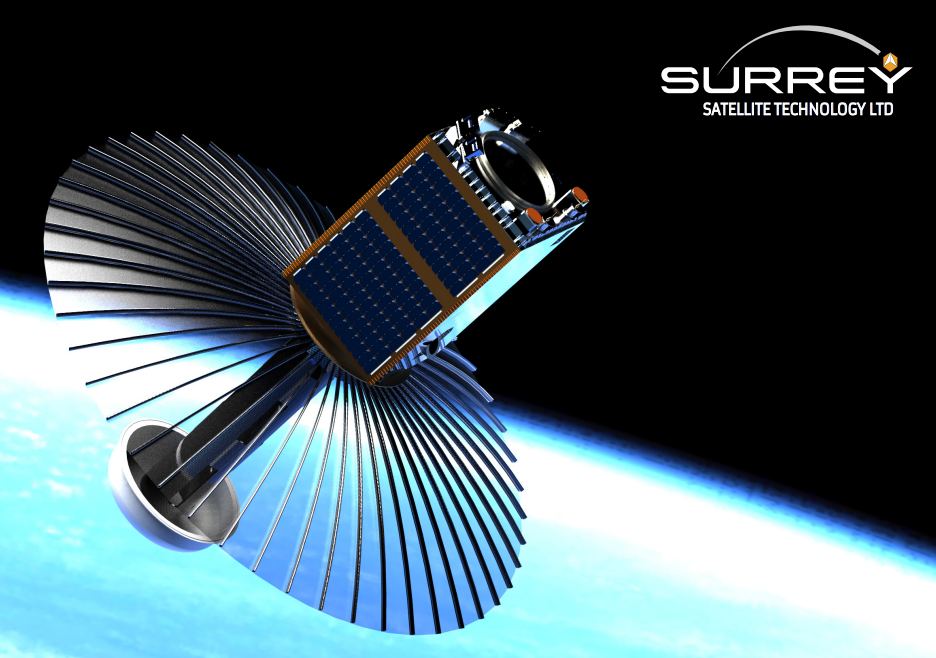Bigger antennas are better, at least according to researchers interested in geospatial monitoring. That’s because higher resolution in monitoring applications requires larger apertures. So imagine the excitement in the remote sensing community when a researcher from Leidos, a government consulting firm, developed an idea that dramatically increased the effective aperture size of a remote radio-frequency monitoring system simply by tying a rotating antenna to a flat “sparse” array. That’s exactly what Dr. John Kendra did, and it has garnered him not only two NASA Institute for Advanced Concepts (NIAC) grants to advance the technology but also a prize paper award at a technical conference on remote sensing. In other words, if implemented correctly, the Rotary-Motion Extended Array Synthesis (R-MXAS) technology could be a game changer for remote sensing applications.
Continue reading “A Unique Combination of Antennas Could Revolutionize Remote Sensing”Two English Companies are Cooperating to Bring a Novel Antenna Architecture To Space
Technology Readiness Levels (or TRLs) are commonly used in the space industry to determine what level of development a technology has undergone. For space technologies, eventually, they get to a TRL where they have to be used in space. In some cases, that can be difficult, as getting a ride on a launch is both risky and expensive. So it’s good news for Oxford Space Systems (OSS) that they penned an agreement with Surrey Satellites Technology Ltd (SSTL) to prove one of their new technologies on an actual flight.
Continue reading “Two English Companies are Cooperating to Bring a Novel Antenna Architecture To Space”The Next Generation of Exploration: Back to Venus with VERITAS
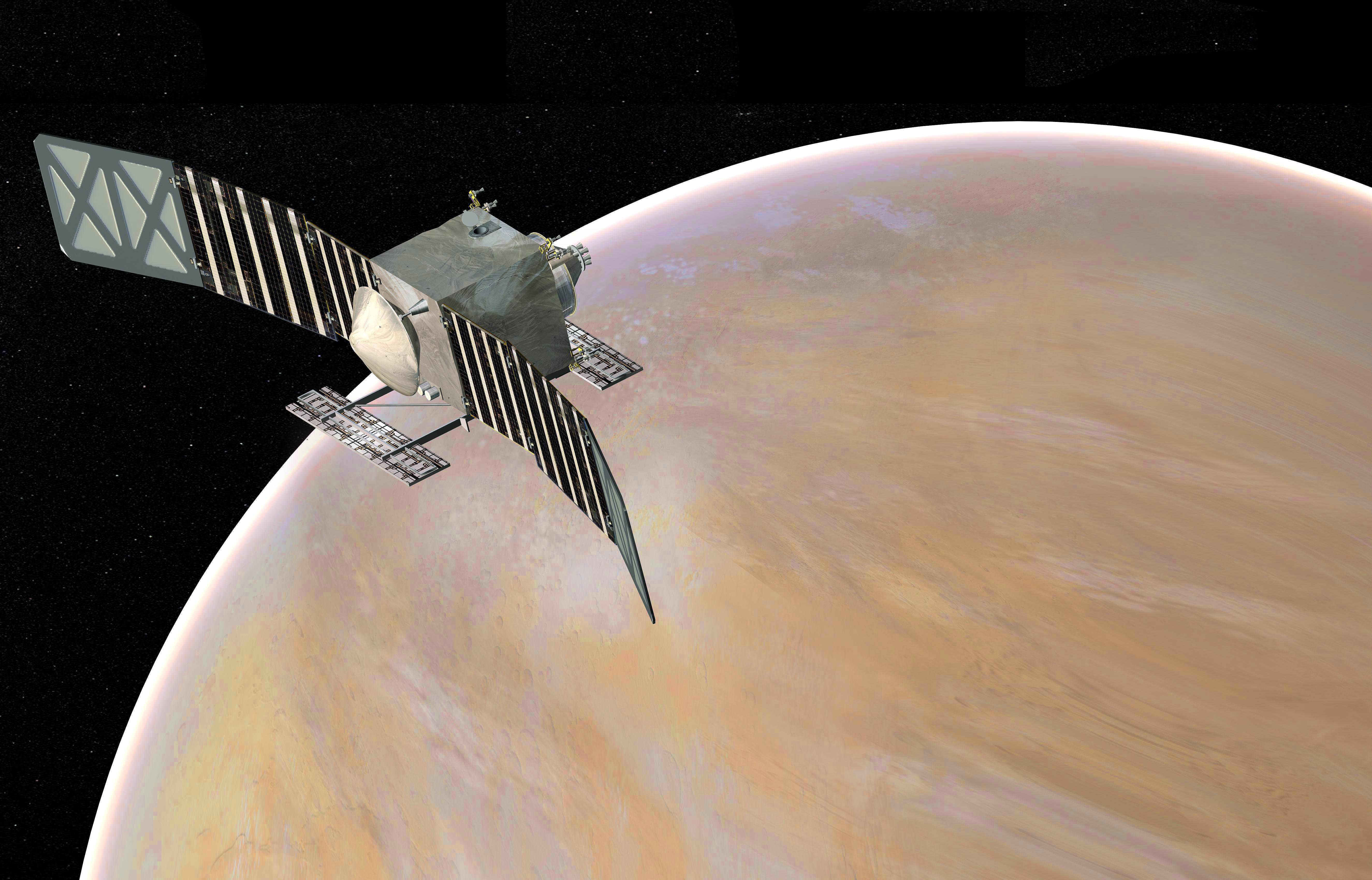
In February of 2014, NASA’s Discovery Program asked for proposals for the their 13th mission. Last week, five semifinalist were selected from the original 27 submissions for further investigation and refinement. Of the possible missions that could be going up, two involve sending a robotic spacecraft to a planet that NASA has not been to in decades: Venus!
The first is the DAVINCI spacecraft, which would study the chemical composition of Venus’ atmosphere. Meanwhile, the proposed VERITAS mission – or The Venus Emissivity, Radio Science, InSAR, Topography, and Spectroscopy spacecraft – would investigate the planet’s surface to determine just how much it has in common with Earth, and whether or not it was ever habitable.
In many respects, this mission would pick up where Magellan left off in the early 1990s. Having reached Venus in 1990, the Magellan spacecraft (otherwise known as the Venus Radar Mapper) mapped nearly the entire surface with an S-band Synthetic Aperture Radar (SAR) and microwave radiometer. From the data obtained, NASA scientists were able to make radar altimeter measurements of the planet’s topography.
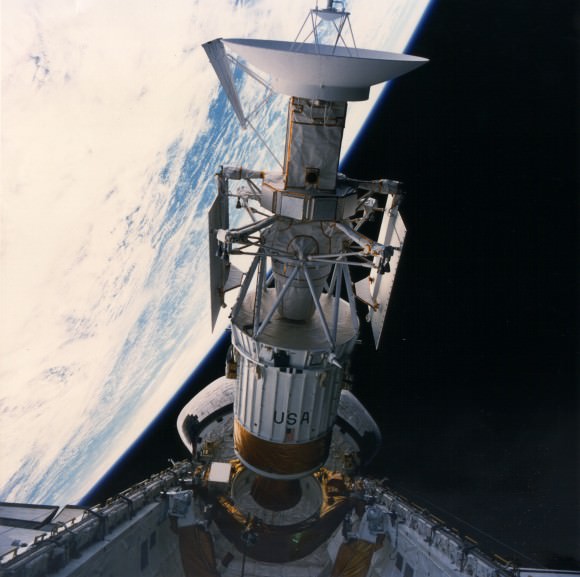
These measurements revolutionized our understanding of Venus’ geology and the geophysical processes that have shaped the planet’s surface. In addition to revealing a young surface with few impact craters, Magellan also showed evidence of volcanic activity and signs of plate tectonics.
However, the lack of finer resolution imagery and topography of the surface hampered efforts to answer definitively what role these forces have played in the formation and evolution of the surface. As a result, scientists have remained unclear as to what extent certain forces have shaped (and continue to shape) the surface of Venus.
With a suite of modern instruments, the VERITAS spacecraft would produce global, high-resolution topography and imaging of Venus’ surface and produce the first maps of deformation and global surface composition. These include an X-band radar configured as a single pass radar interferometer (known as VISAR) which would be coupled with a multispectral NIR emissivity mapping capability.
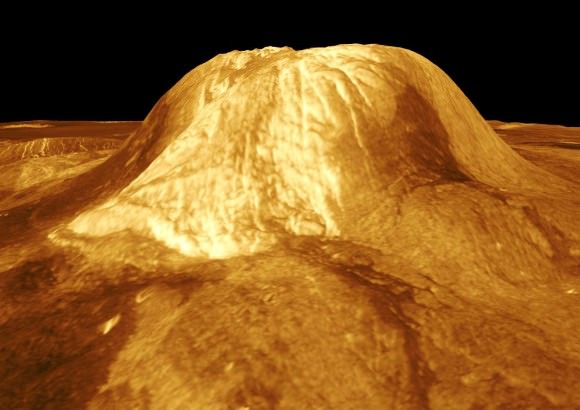
Using these, the VERITAS probe will be able to see through Venus’ thick clouds, map the surface at higher resolution than Magellan, and attempt to accomplish three major scientific goals: get a better understanding of Venus’ geologic evolution; determine what geologic processes are currently operating on Venus (including whether or not active volcanoes still exist); and find evidence for past or present water.
Suzanne Smrekar of NASA’s Jet Propulsion Laboratory (JPL) is the mission’s principal investigator, while the JPL would be responsible for managing the project. As she explained to Universe Today via email:
“VERITAS’ objectives are to reveal Venus’ geologic history, determine how active it is, and search for the fingerprints of past and present water. The overarching question is ‘How Earthlike is Venus?’ As more and more exoplanets are discovered, this information is essential to predicting whether Earth-sized planets are more likely to resemble Earth or Venus.”
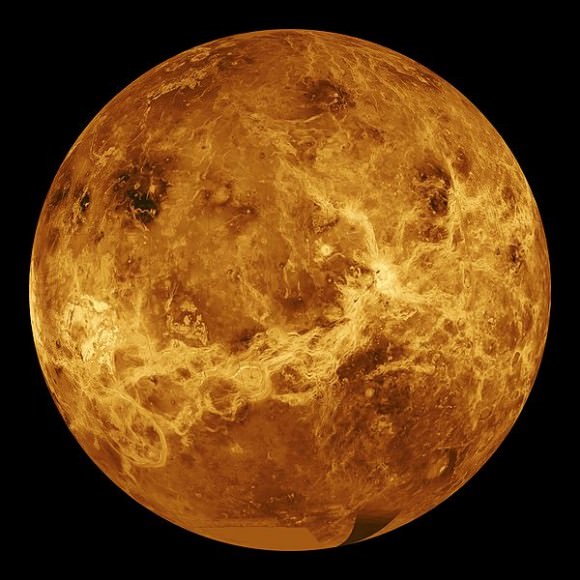
In many ways, VERITAS and DAVINCI represent a vindication for Venus scientists in the United States, who have not sent a probe to the planet since the Magellan orbiter mission ended in 1994. Since that time, efforts have been largely focused on Mars, where orbiters and landers have been looking for evidence of past and present water, and trying to piece together what Mars’ atmosphere used to look like.
But with Discovery Mission 13 and its five semi-finalists, the focus has now shifted onto Venus, near-Earth objects, and a variety of asteroids. As John Grunsfeld, astronaut and associate administrator for NASA’s Science Mission Directorate in Washington, explained:
“The selected investigations have the potential to reveal much about the formation of our solar system and its dynamic processes. Dynamic and exciting missions like these hold promise to unravel the mysteries of our solar system and inspire future generations of explorers. It’s an incredible time for science, and NASA is leading the way.”
Each investigation team will receive $3 million to conduct concept design studies and analyses. After a detailed review and evaluation of the concept studies, NASA will make the final selections by September 2016 for continued development. This final mission (or missions) that are selected will launcd by 2020 at the earliest.


